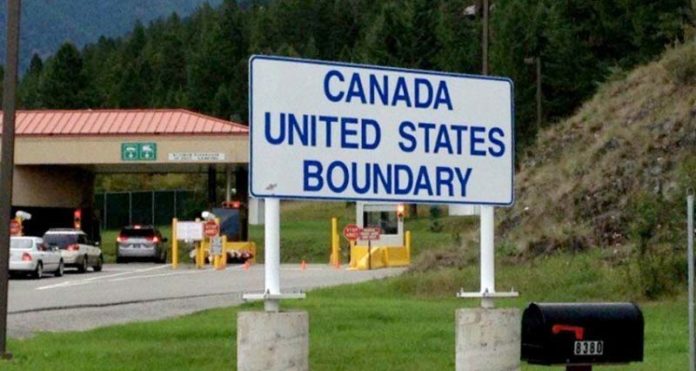The Canadian Bazaar
TORONTO: With trade worth $2.5 billion and 400,000 travellers crossing the US-Canada border every day, the border crossing has been made easier.
The Canada Border Services Agency (CBSA) has introduced radio frequency identification (RFID) technology at select land ports of entry (POEs) across Canada.
Lanes at these ports of entry have a special reader to capture RFID tag numbers in certain travel documents such as electronic Canadian Permanent Resident cards; Enhanced Driver’s Licenses from British Columbia, Manitoba and Ontario; Enhanced Identification Cards from Manitoba and British Columbia; and NEXUS/FAST cards, said a press release by the CBSA.
If travellers are carrying these documents, the RFID reader will be able to read the RFID tag number as their vehicle approaches the booth. The RFID tag number will retrieve traveller information from secure databases, assess for risk, and then display the information on the border services officer’s screen.
With the introduction of RFID technology, border crossings will become very time saving as officers won’t need to manually input the traveller’s documents.
Two regular traveller lanes have been equipped with RFID technology at each of the following ports of entry:
Ontario: Lansdowne, Ambassador Bridge (Windsor), Peace Bridge (Fort Erie), Queenston Bridge (Niagara), and Rainbow Bridge (Niagara) border crossings
British Columbia: Douglas, Pacific Highway and Aldergrove border crossings
Manitoba: Emerson border crossing
In the coming months, the CBSA says, its technology will also be able to read certain RFID-enabled travel documents from the US.
This will align Canada with technology used by US border agencies.
READ NEXT: Punjabi driver, woman arrested for trying to smuggle 100kg cocaine into Alberta








